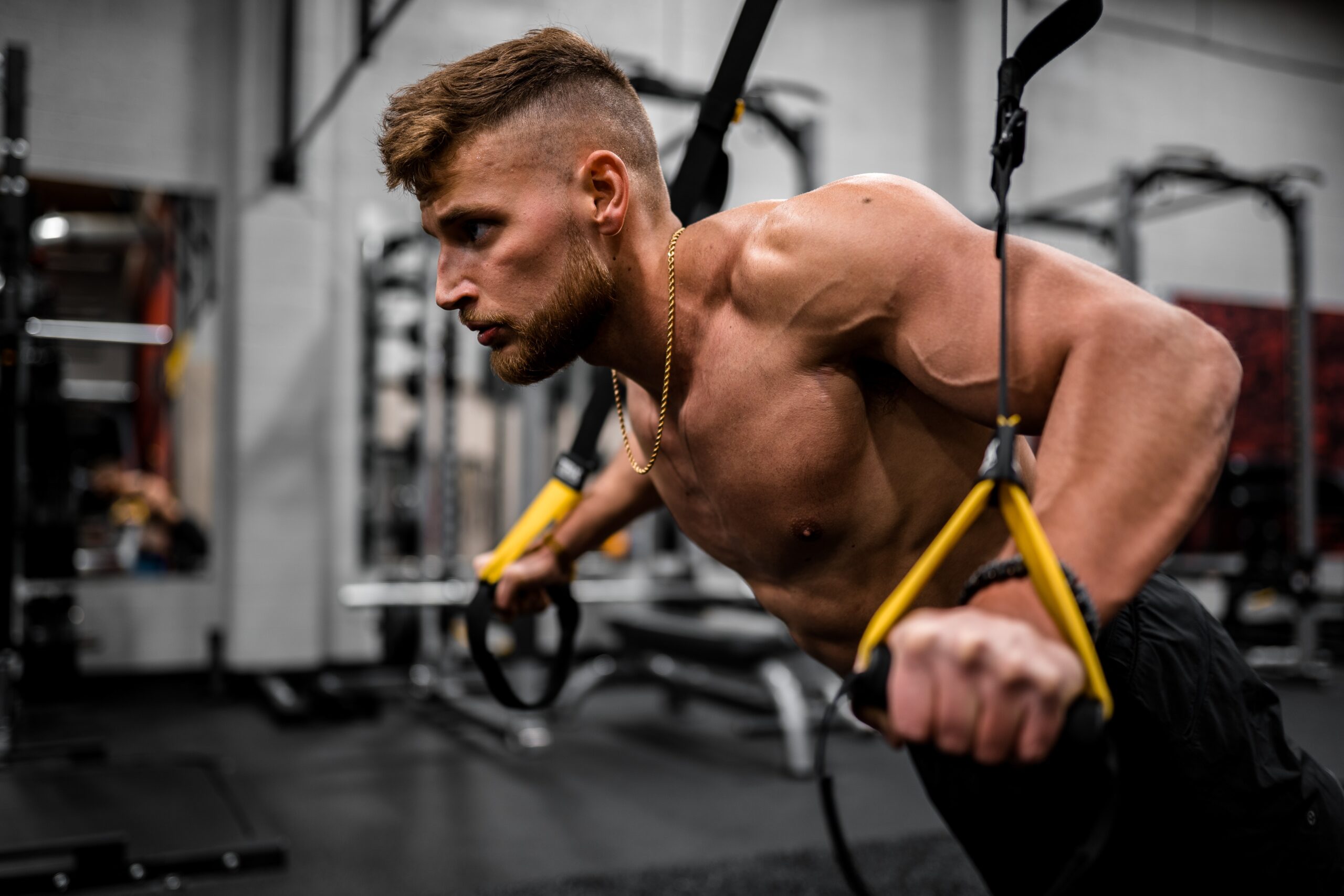All of us are stronger than we think. Our muscles are capable of producing more force than we can voluntarily control. The difference in what we can produce voluntarily and the maximum force a muscle can actually produce is known as a strength deficit. It exists as a safety mechanism preventing us producing forces which may cause damage to the body.
The main determinant of muscle strength is the cross sectional mass of the muscle. The secondary determinant is our strength deficit. The lever action of the joint is also important but not something we can influence a lot. As we strength train, most of our adaptation is neural. Most improvement is as a result of us reducing this deficit through increasing neural impulses which activate the muscle. A small proportion of strength improvement comes from increased muscle size. This is simply because muscle growth is a slow process in comparison to increased activation.
As such a large proportion of strength improvement is owed to neural patterning improvements, it is often more appropriate to view strength as a skill. Practicing certain movements repeatedly improves our neural patterns making them more efficient and improving capacity. Strength training is a great way to activate more muscle fibres. Lifting or moving fast are good ways to recruit more fibres. When we do any high intensity type exercise where it might be under load, or done at speed, we aim to recruit as much muscle as possible. Frequently recruiting more muscles helps improve activation so it becomes easier to get the same recruitment in future.
Understanding that strength is as much a skill as it is a capability is important for many reasons. Perhaps the most important one is technique. Enforcing good technique develops good movement patterns. Movement patterns are largely defined by activation of muscle. Efficient activation means good muscle activation and control of the joints. In addition it means better force production through the movement. While we may think of strength training as something that relates only to the gym and lifting weights, it is in fact a lot more. Any sport requiring movement will be underpinned by our ability to activate the appropriate muscles efficiently and forcefully.
If we have better muscle activation and movement control we massively reduce the risk of injury by preventing some muscles working harder than others. This may be through either controlling load or producing force. When movement is optimised it is more efficient and we achieve better movement economy, a major determinant for athletic success.
It is important to view strength as skill development as it will change how you might apply it to your sport. While much strength training can be done in the gym, there are opportunities to develop strength for your sport through specific training methods. In non strength sports such as running or cycling there are many forms of sport specific strength training. Hill work is an excellent example for both. Resistance through natural range of motion is increased as a result of gravity. In order to overcome gravity the typical working muscles must produce more force than usual. Frequent exposure to hill work will allow greater activation of the appropriate muscles through relevant movement. This leads to more economical recruitment at lower more common force outputs.
Neither gym work nor sport specific strength work is enough exclusively. Often non specific strength work is required to provide balance in the muscles and ensure that balanced activation takes place in order to prevent injury. Both forms of strength training should be utilized to maximise the benefits. If strength training programming is appropriate it can be extremely beneficial. Often endurance athletes will fear getting heavier through hypertrophy or becoming more glycolytic in terms of fuel utilization. These are genuine concerns but appropriate exercise prescription can avoid this occurring quite well. By comparison power based or field based sports may over utilise gym work and fail to be specific. As a result movement quality can diminish as they simply neglect to enforce the appropriate movement patterns enough.
Most S&C coaches will choose movements over muscle with regards to their approach to developing strength. This is because they understand that there is a significant skill component needed when developing strength which many athletes will overlook. Whether an endurance athlete or power athlete, strength training needs to be understood to be effective. Certain movements are great to be strong with but they may not transfer over to sport as well as others. Many athletes focus too much on what they are good at (and like) rather than weak points or areas which may give good performance improvement.
For most, undertaking a strength program should start with movement screening. It should also involve a sport coache’s input. It is very easy to go off track with the skills and movements you are developing. There is a subtle difference between lifting for health and aesthetics vs. lifting for performance. If in doubt look for more sports related S&C coaches for help. They are trained to assess sport and goals in such a way that delivers performance most effectively.
If you found this article useful then please like and share with a friend. Don’t forget to sign up for our newsletter so you don’t miss any new articles.
[yikes-mailchimp form=”1″]
